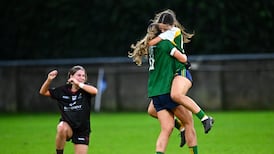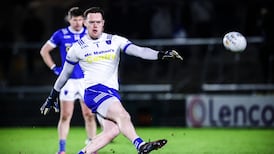Páirc Uí Chaoimh Q&A: All you need to know about naming rights controversy
Why is the money generating by selling the naming rights to SuperValu so important to Cork GAA?

Join The Irish Times on WhatsApp and stay up to date
Get an in-depth look at the action with the Inside Gaelic Games newsletter











